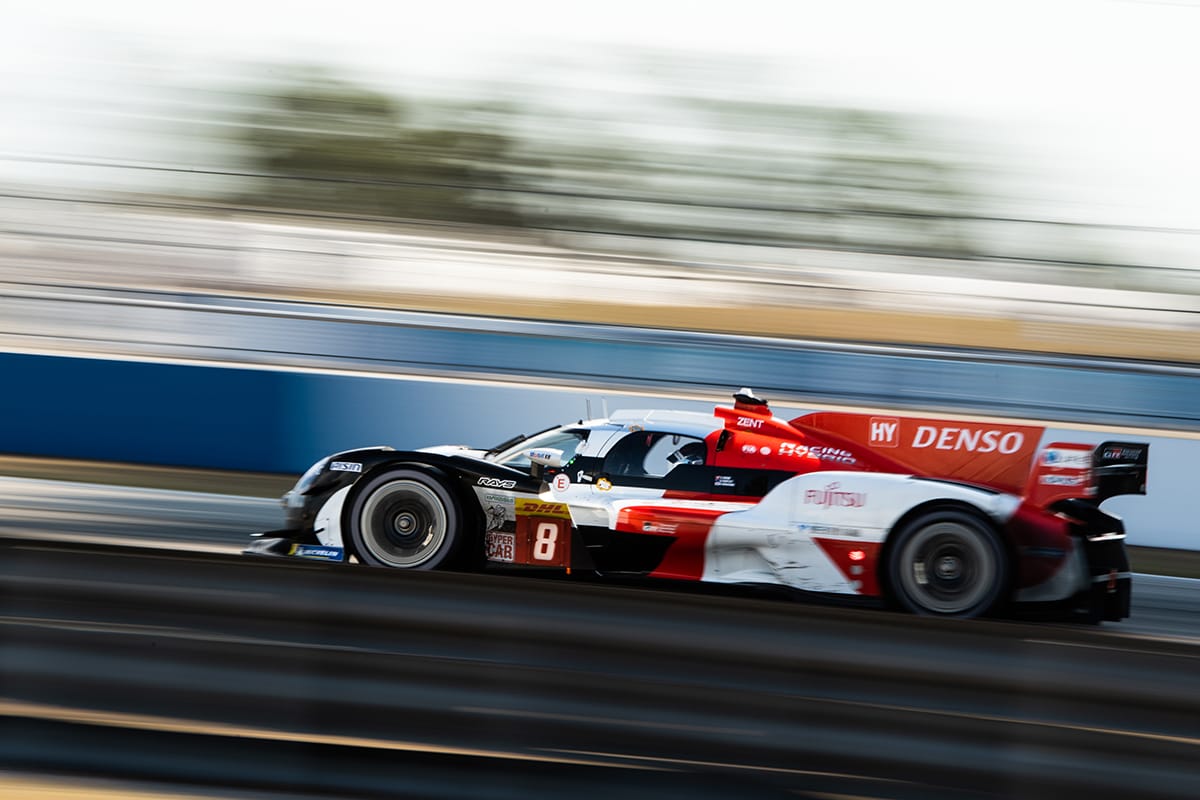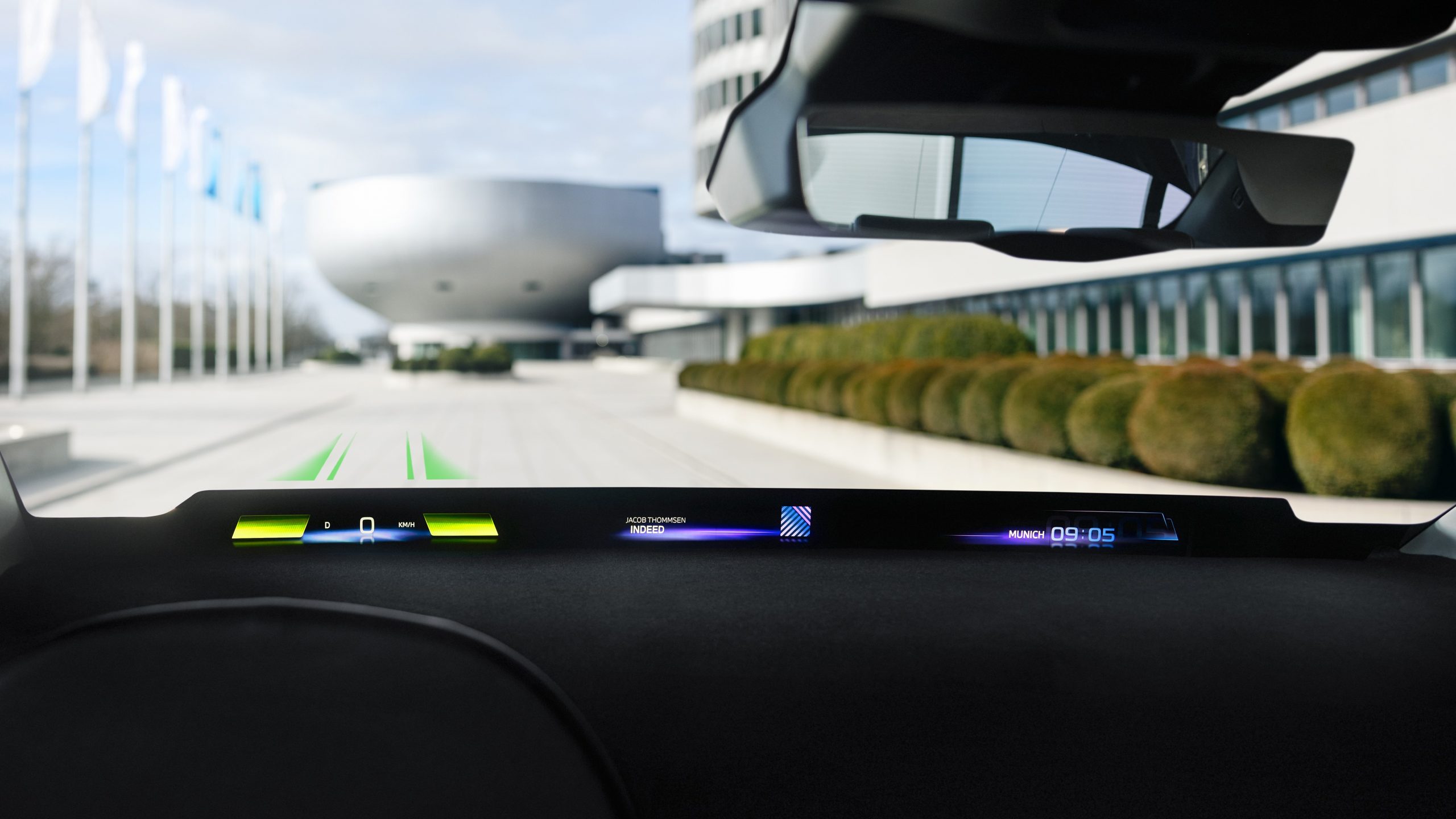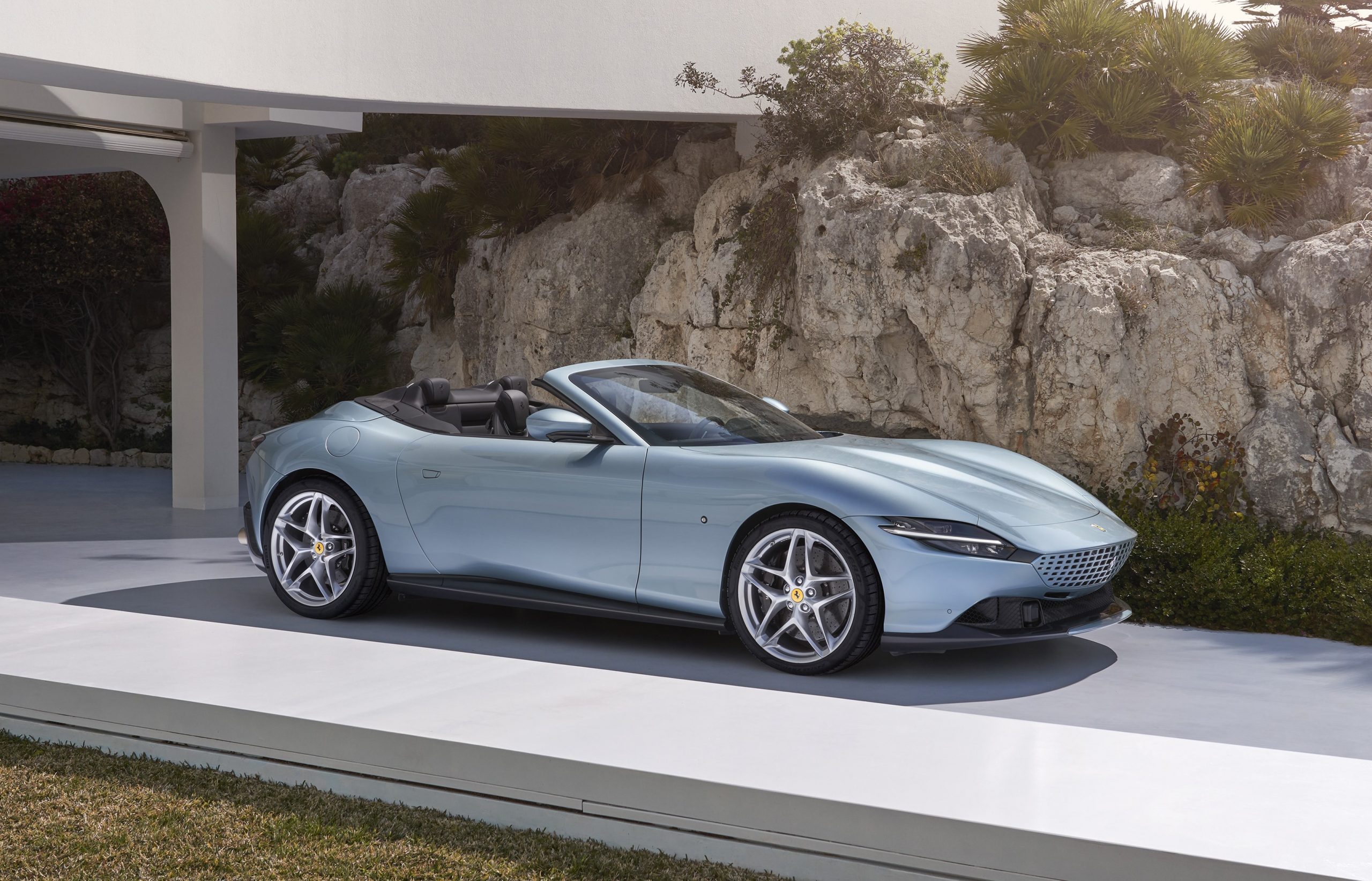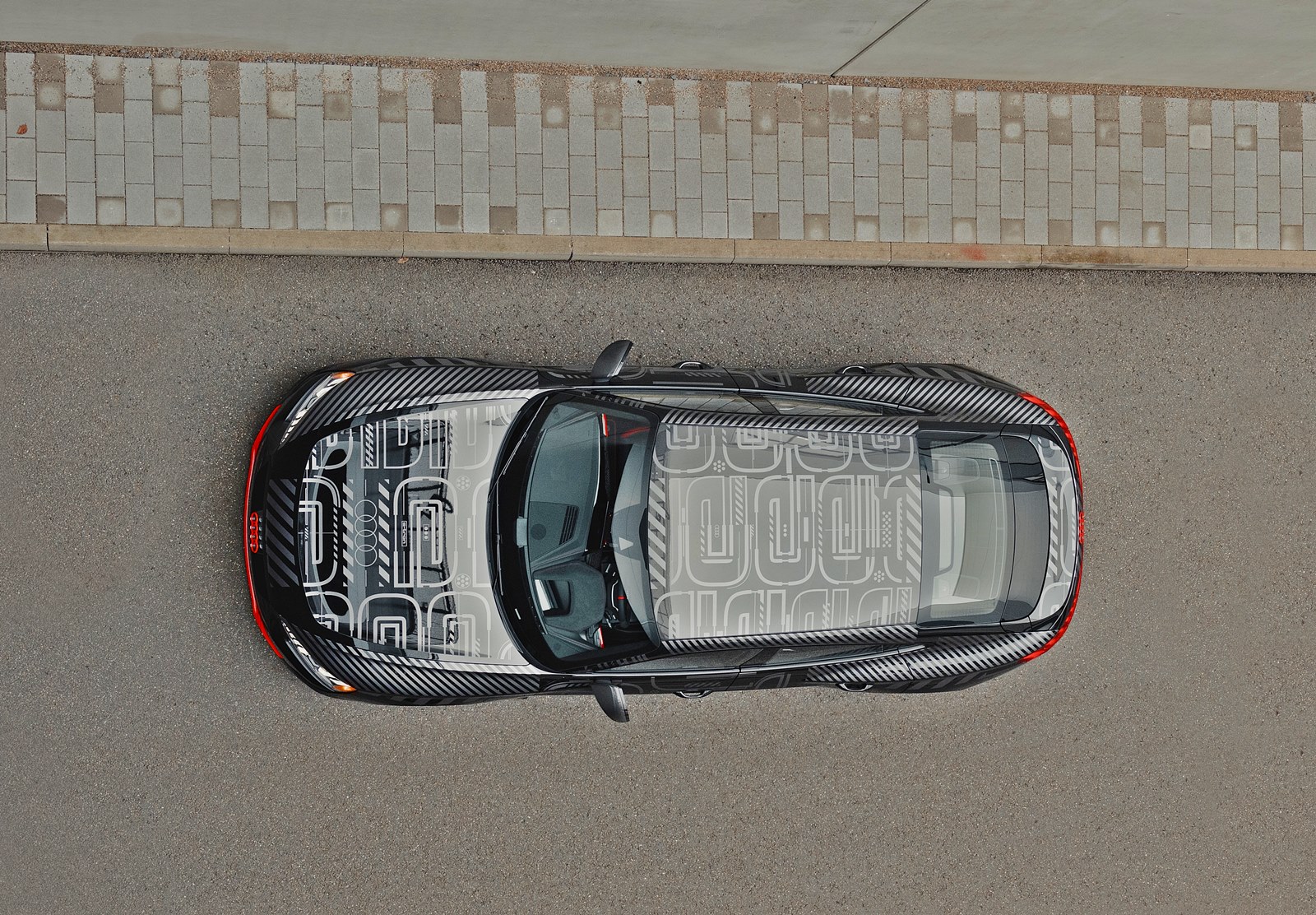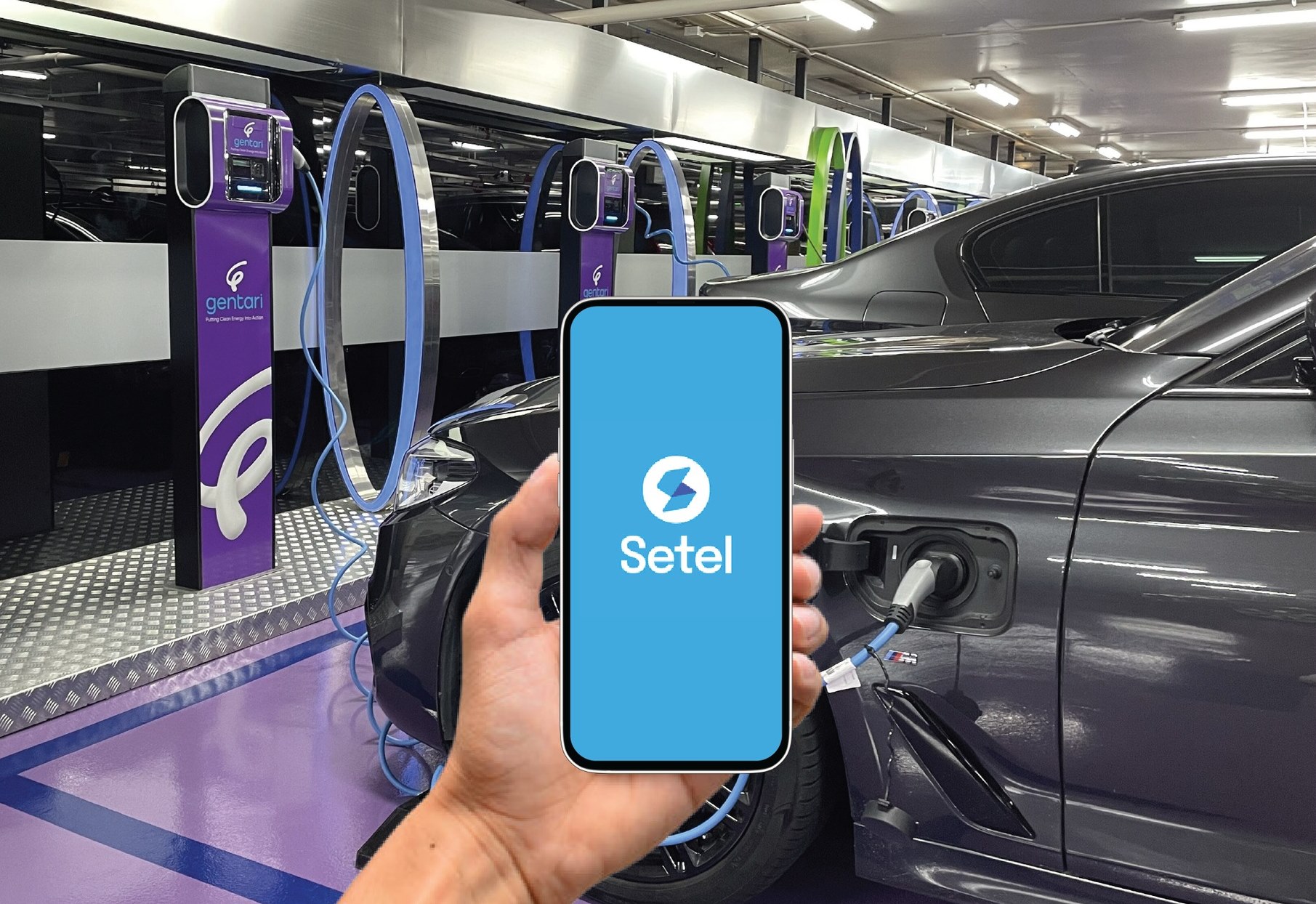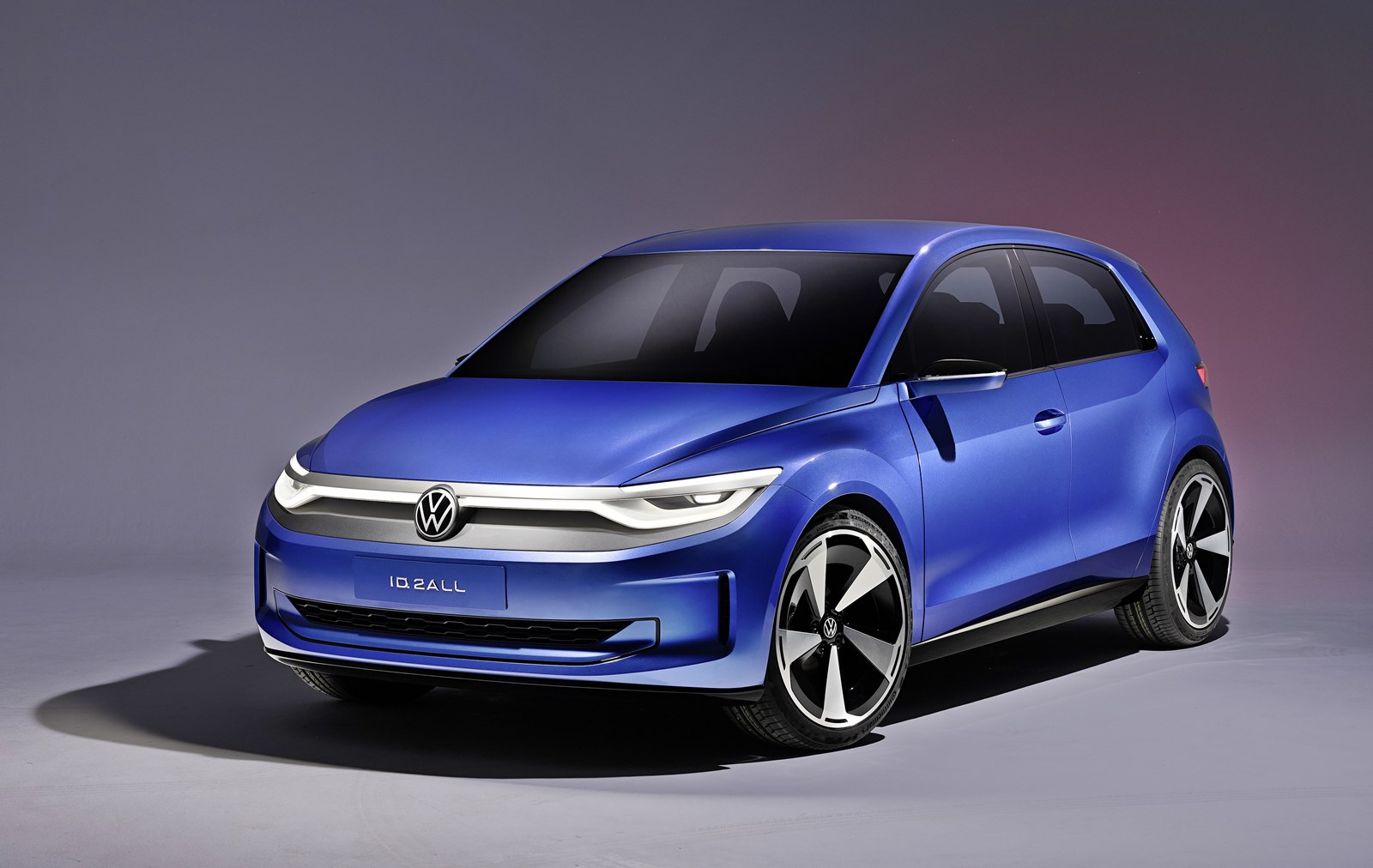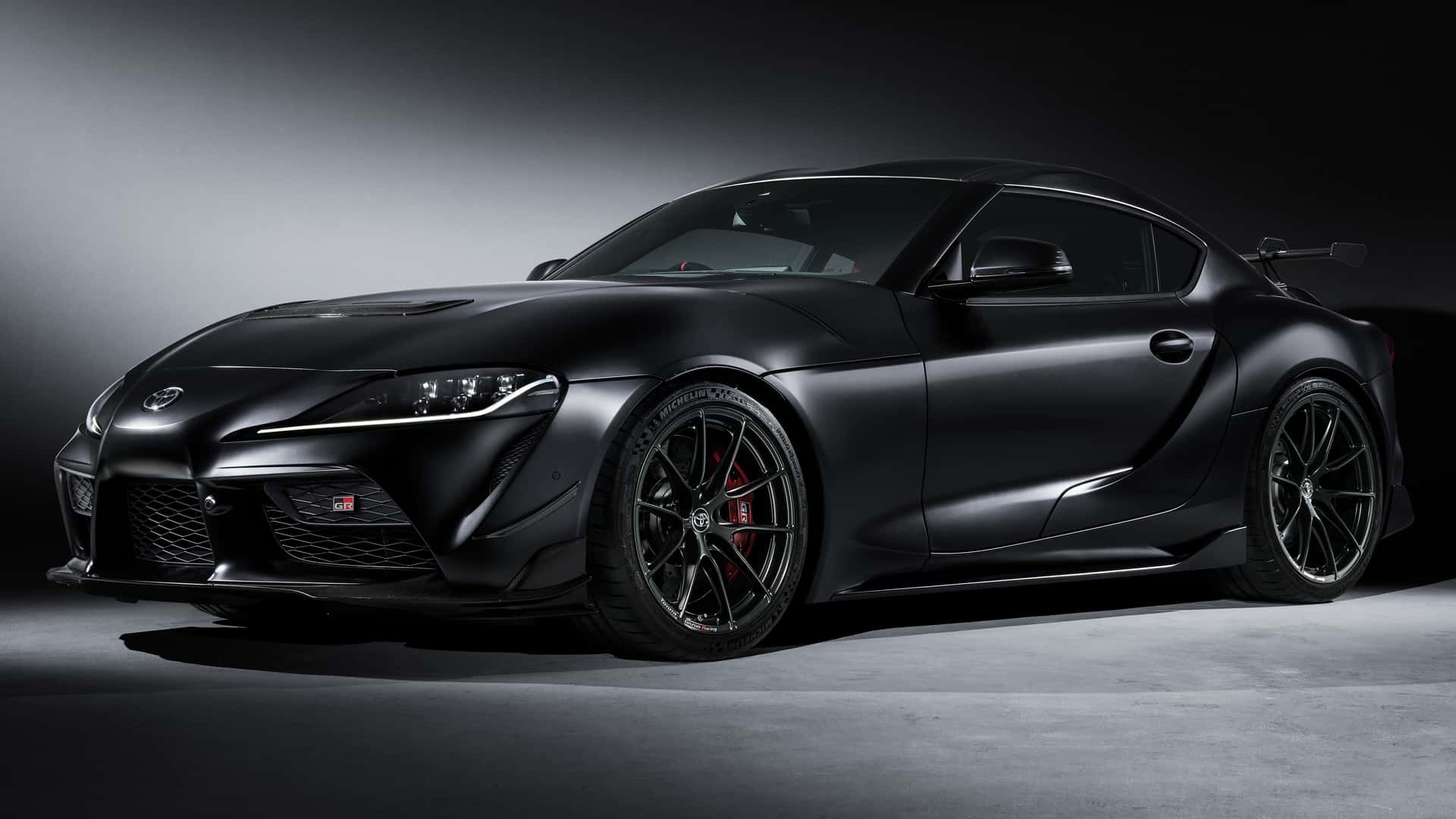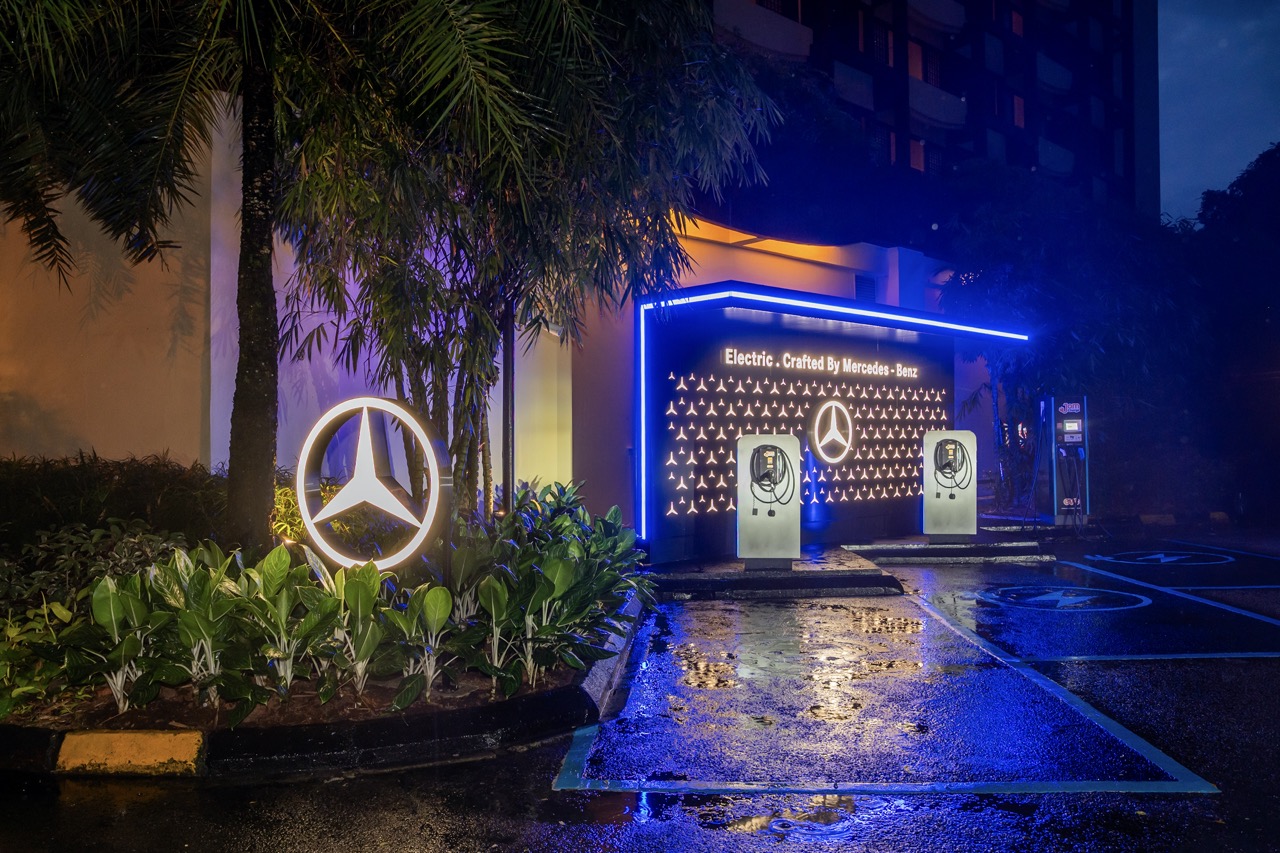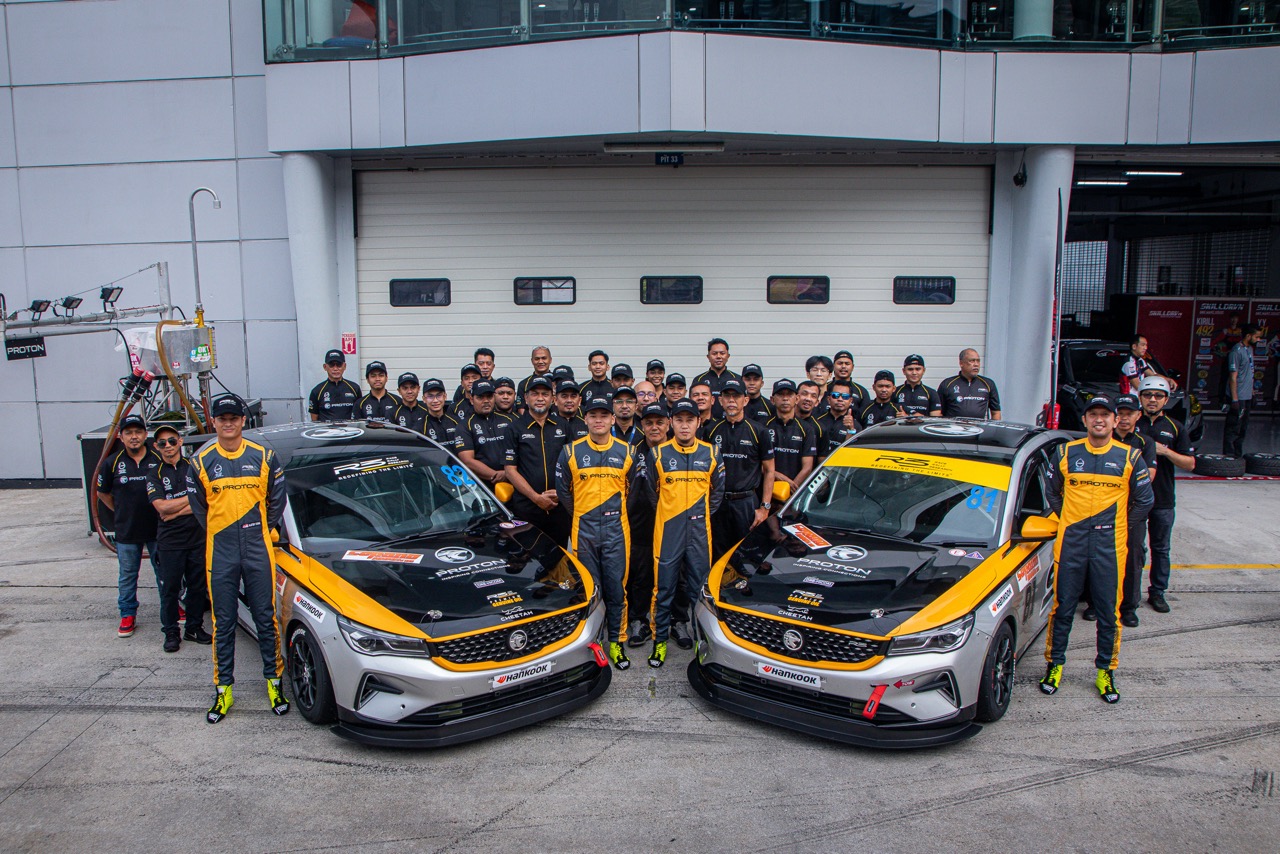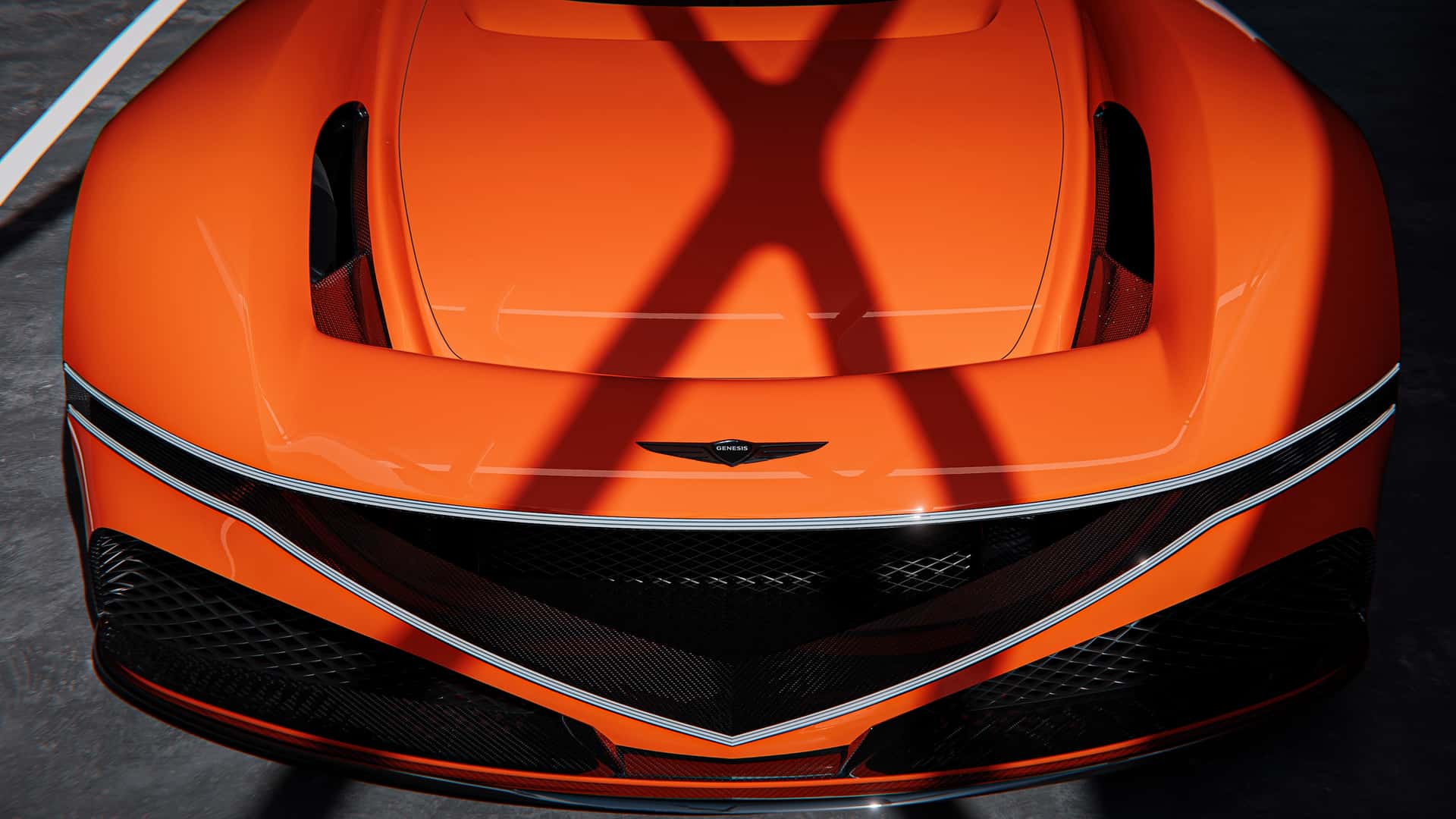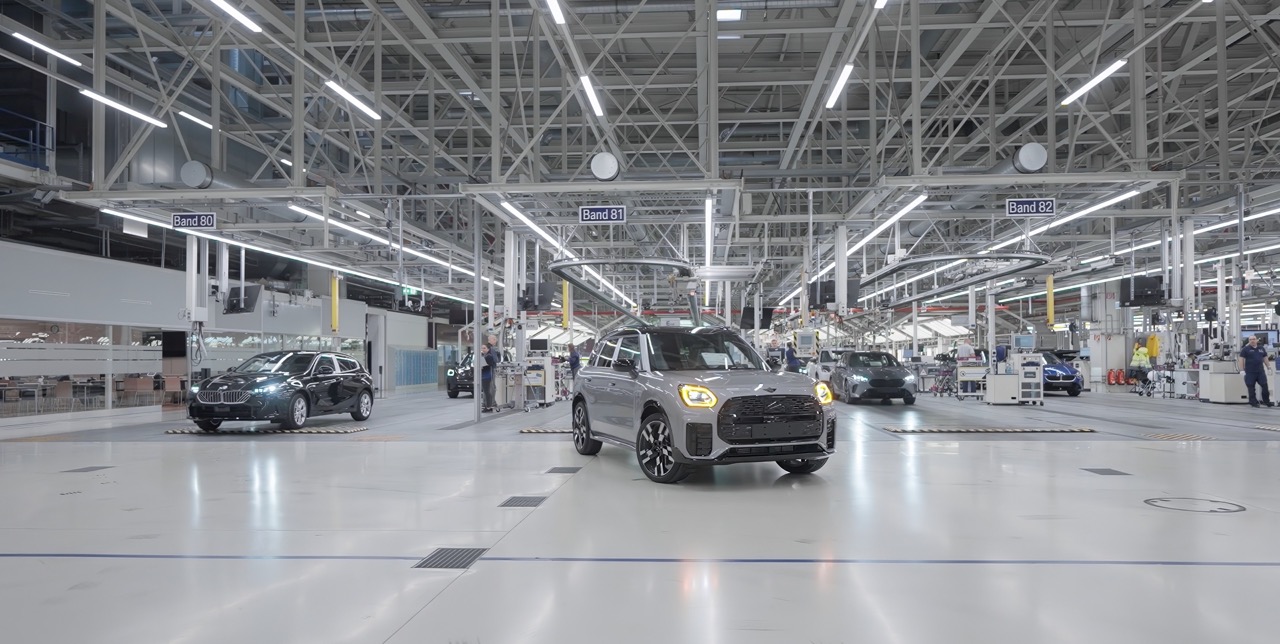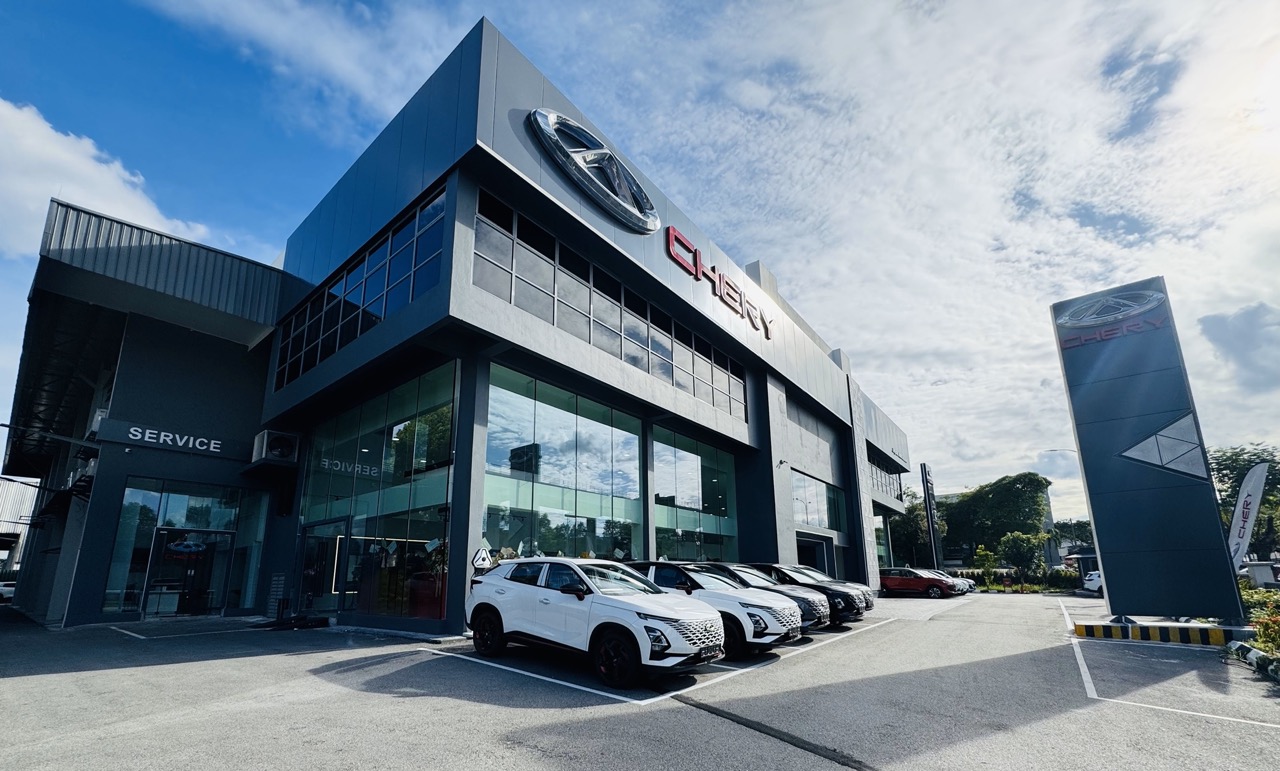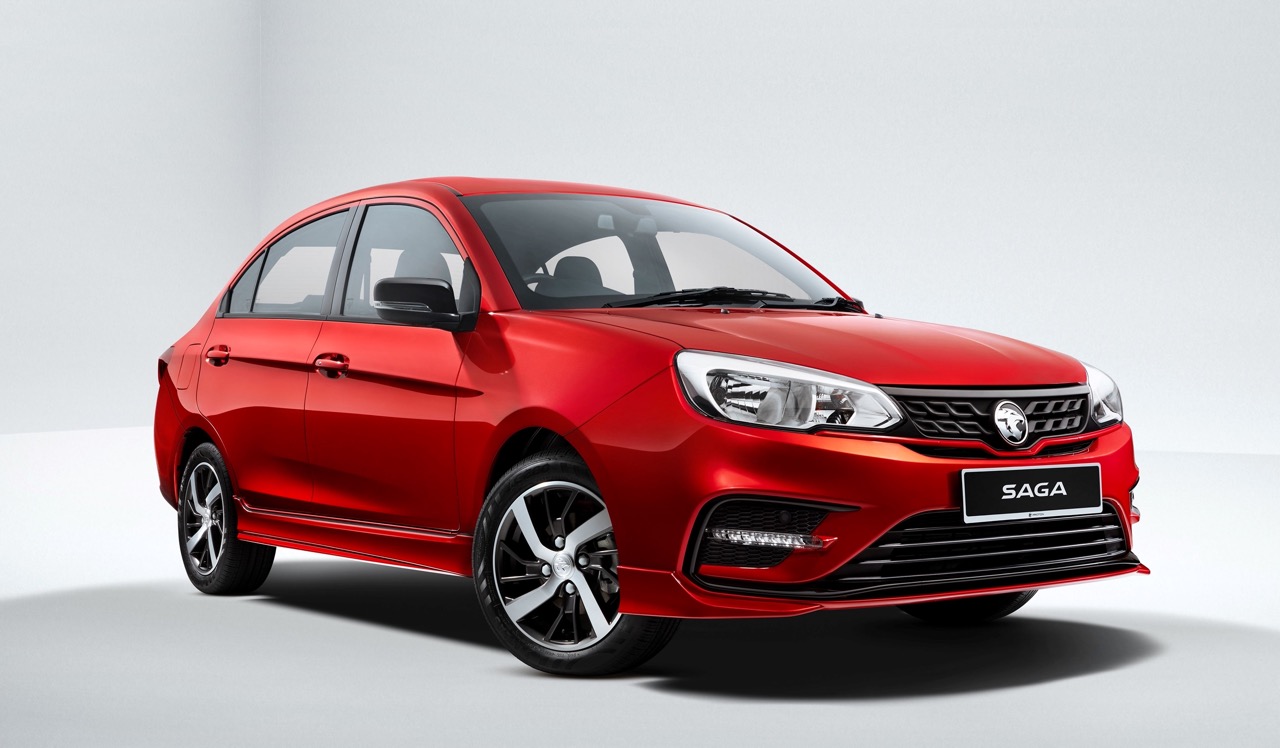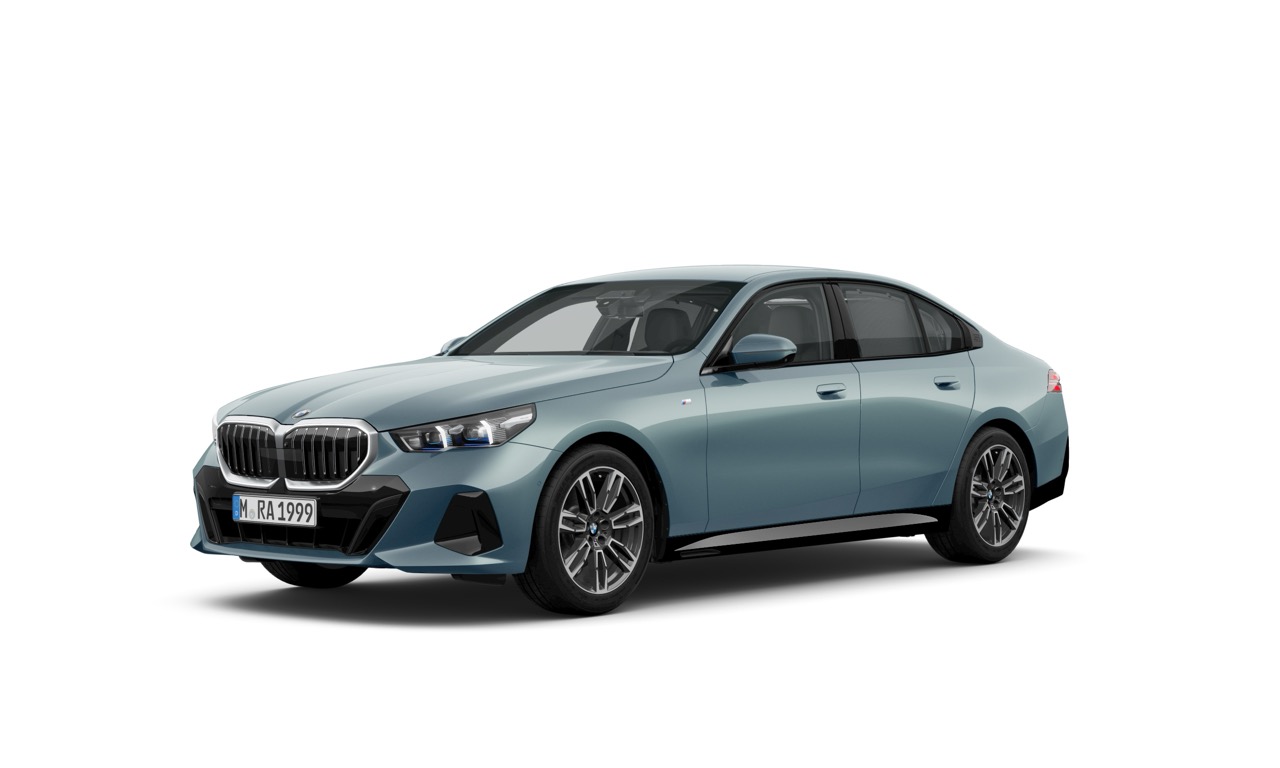It’s difficult to say which was the first hypercar the term itself refers to a car with extremely high performance, beyond the normal performance limits of supercars. It could be based on a minimum power output, say 800 bhp, or it could be dependent on the era as technological levels have constantly advanced.
The Bugatti Veyron launched in 2005 with 987 bhp (1001 ps) could be a candidate for the first hypercar. In any case, there are now a number of models which produce in excess of 1000 ps and therefore qualify as hypercars.
The appearance of hypercars has inevitably led to the creation of a category in motorsport which has seen the first racing cars competing this year. The Hypercar category, a joint project of the FIA and the ACO, envisaged as the new top class of the FIA World Endurance Championship, has attracted a number of carmakers with 13 full-season Hypercar entries from 7 manufacturers.
(more…)



